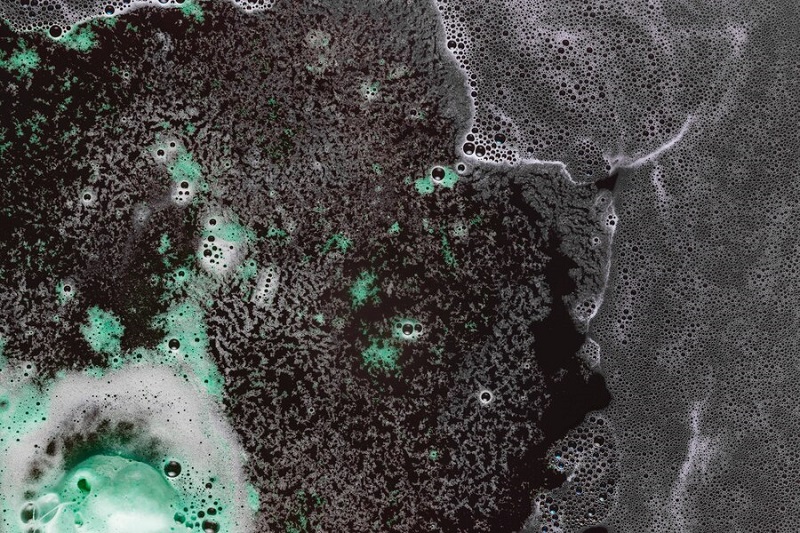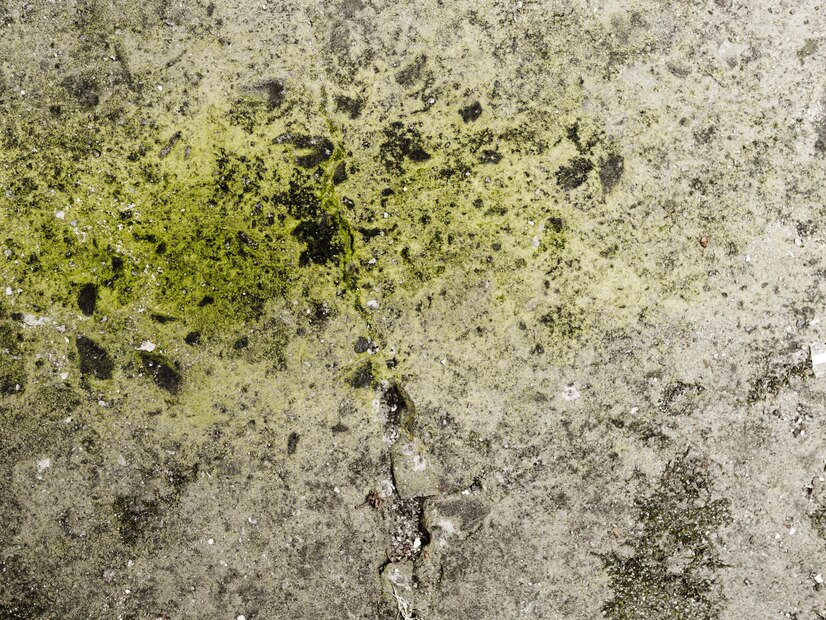What is Mold Toxicity?
Today, we’re going to cover 10 warning signs of mold toxicity. Mold is a common household problem, but did you know it can be bad for your health? Mold toxicity occurs when you’re exposed to toxic molds that release tiny spores into the air. Those spores can cause a multitude of health problems if you spend time in areas where mold grows. Knowing the signs of mold toxicity is key to preventing long-term damage. Let’s get into the top 10 and how you can protect yourself.
Mold toxicity occurs when mold spores get into your body through breathing or direct contact. Not all mold is toxic, but certain types release mycotoxins. Those toxins can cause health problems, especially for those with weakened immune systems, asthma, or allergies.

10 Warning Signs of Mold Toxicity
If you think you’ve been exposed to mold, watch for these signs of mold toxicity.
1. Chronic Fatigue
Feeling tired all the time is one of the most common signs of mold toxicity. If you’re tired all the time, even after getting enough sleep, it could be due to mold exposure.
2. Respiratory Issues
Mold spores can irritate your respiratory system. You might experience coughing, wheezing, shortness of breath or a runny nose. These symptoms are often worse for people with asthma or other lung conditions.
3. Headaches and Migraines
Frequent headaches or migraines can be a sign of mold toxicity. Mycotoxins released by mold can cause inflammation in the body, which can lead to severe headaches.
4. Skin Irritation
Exposure to mold can cause rashes, itchiness or dry, flaky skin. If you have unexplained skin problems, check your home for mold.
5. Brain Fog and Memory Problems
Mold toxins can affect your brain, causing memory loss, confusion, or difficulty concentrating. If you feel like you’re in a mental fog, mold might often be the culprit.
6. Sinus Infections
Mold exposure can cause constant sinus infections or congestion. If you have frequent infections that won’t go away, it might be due to mold in your environment.
7. Eye Irritation
Red, watery or itchy eyes can be a sign of mold toxicity. The spores in the air can irritate your eyes, making them uncomfortable or swollen.
8. Joint Pain
Mold exposure can also cause unexplained joint pain, stiffness, or swelling. Mold toxins cause inflammation in the body, which can lead to aches and pain.
9. Digestive Problems
Mold can affect your gut health. You may experience nausea, diarrhea or stomach cramps if you’re exposed to toxic mold.
10. Mood Changes and Anxiety
Mold toxins don’t just affect your body. They can also affect your mood. People exposed to mold over time often report anxiety, depression, or unexplained mood swings.

Why Mold in Your Home Is Bad
Mold likes to grow in damp, dark places like basements, bathrooms and kitchens. If left alone, mold can spread and release toxins into the air. Damp can lead to mold toxicity, so you need to identify and remove mold as soon as possible. Make sure your home is well-ventilated and fix any leaks or water damage right away to prevent mold growth.
How to Test for Mold
If you think you have mold in your home, test for it. Here’s how:
- Home Mold Test Kits: These are available at most hardware stores and allow you to collect air samples to test for mold.
- Hire a Professional: A professional mold inspector can test the air and surfaces in your home to see if there’s harmful mold.
If you find mold, address it right away, especially if you or your family members are experiencing any of the symptoms of mold toxicity.
Mold Toxicity Treatment
If you think you have mold toxicity, seek medical attention. A healthcare provider can test to see if mold is affecting you. Treatment usually involves:
- Detoxing: These can be supplements to help your body get rid of toxins.
- Environmental Changes: Remove mold from your living space to prevent further exposure.
- Allergy Medications: If you’re allergic to mold, over-the-counter or prescription allergy meds can help with symptoms.
How to Prevent Mold in Your Home
The best way to prevent mold toxicity is to have a mold-free home. Here’s how:
- Keep Humidity Low: Use dehumidifiers to keep indoor humidity below 50%.
- Fix Leaks Right Away: Water leaks are a common source of mold. Fix them as soon as they happen.
- Improve Ventilation: Make sure your home has good airflow especially in areas prone to moisture like bathrooms and kitchens.
- Clean Often: Clean surfaces prone to mold growth, such as showers and windowsills.
Mold Toxicity: Worldwide Stats
Mold toxicity is more common than you think. According to the World Health Organization (WHO), 10-50% of indoor environments in Europe, North America, Australia, and Japan are affected by dampness, which can lead to mold growth. 47% of homes in the US alone have some form of mold or water damage. It’s estimated that millions of people worldwide suffer from mold related health issues every year. In the US, mold related asthma costs about $3.5 billion annually. In extreme cases, chronic mold exposure can lead to long term respiratory diseases like chronic inflammatory response syndrome (CIRS).
Countries with high humidity like parts of Southeast Asia, Africa and tropical regions report more mold growth. The World Health Organization recommends to keep indoor humidity below 50%, use air purifiers and fix any leaks or water damage to prevent mold from spreading. Experts also strongly recommend regular monitoring of air quality and mold testing to avoid mold toxicity and its health hazards.
FAQs
Q: What causes mold toxicity?
A: Mold toxicity is caused by exposure to toxic mold spores, which can enter your body through the air or direct contact.
Q: How do I know if I have mold in my home?
A: You can look for visible signs of mold or use home test kits to check for mold spores in the air. If unsure, hire a professional to test your home.
Q: How long does it take for mold toxicity symptoms to appear?
A: Symptoms can appear within a few days to weeks, depending on the level of mold exposure and your body’s sensitivity.
Q: Can mold toxicity be cured?
A: Yes, with proper treatment and removal of the mold source, most symptoms of mold toxicity can improve over time.
Q: Can mold toxicity cause long-term damage?
A: If left untreated, mold toxicity can lead to long-term health issues, especially in people with weakened immune systems or pre-existing conditions.
Conclusion
Mold toxicity is a serious issue that can affect your health in many ways. By recognizing the warning signs of mold toxicity, testing your home for mold, and taking preventive measures, you can protect yourself and your family from harm. If you notice any of the symptoms mentioned, don’t wait to take action. Clean up mold as soon as possible and seek medical help if needed.
By keeping your home clean and dry, you can avoid mold problems and the health risks associated with mold exposure.




